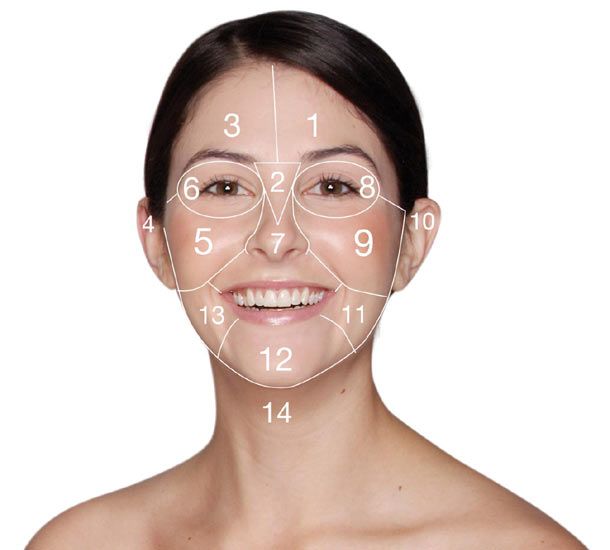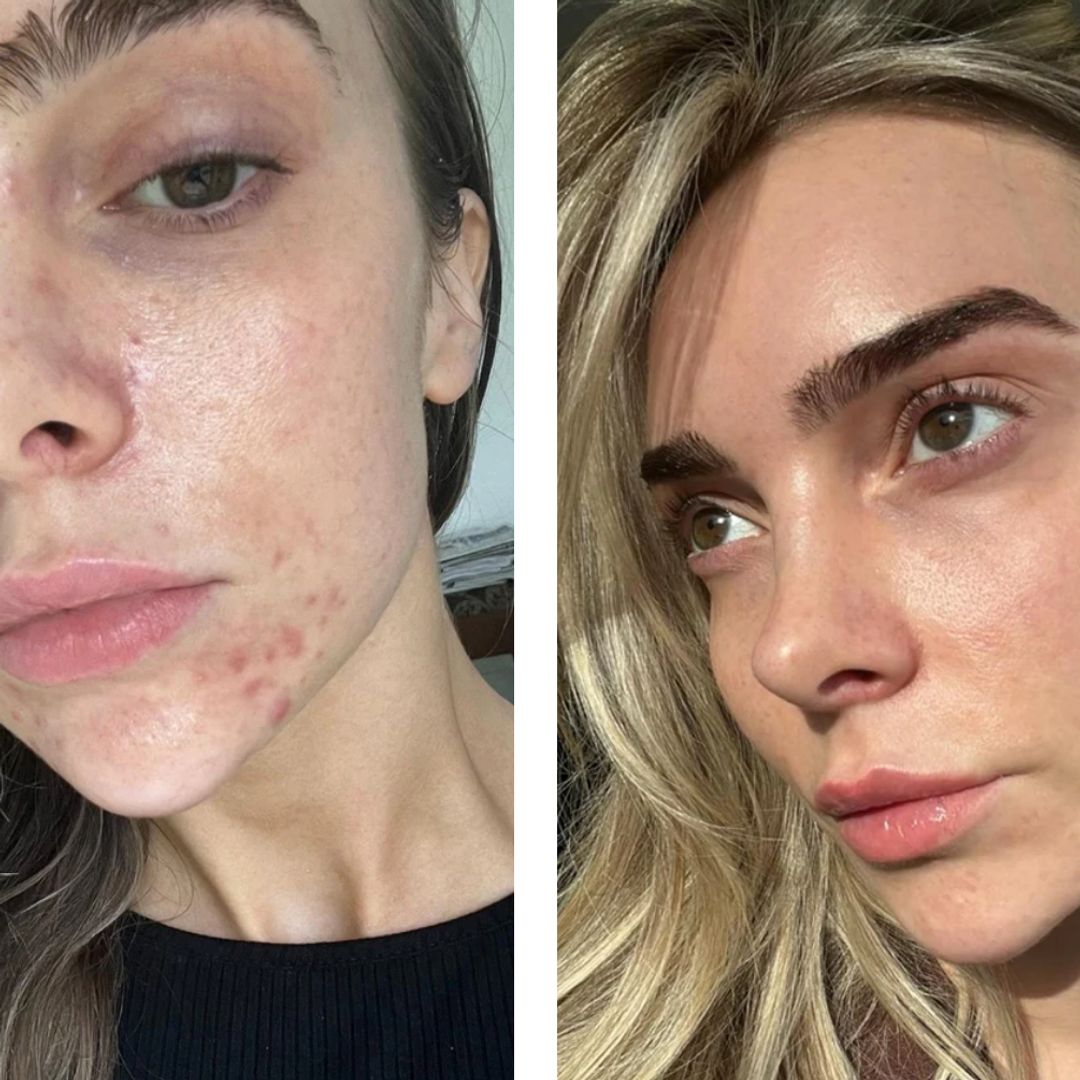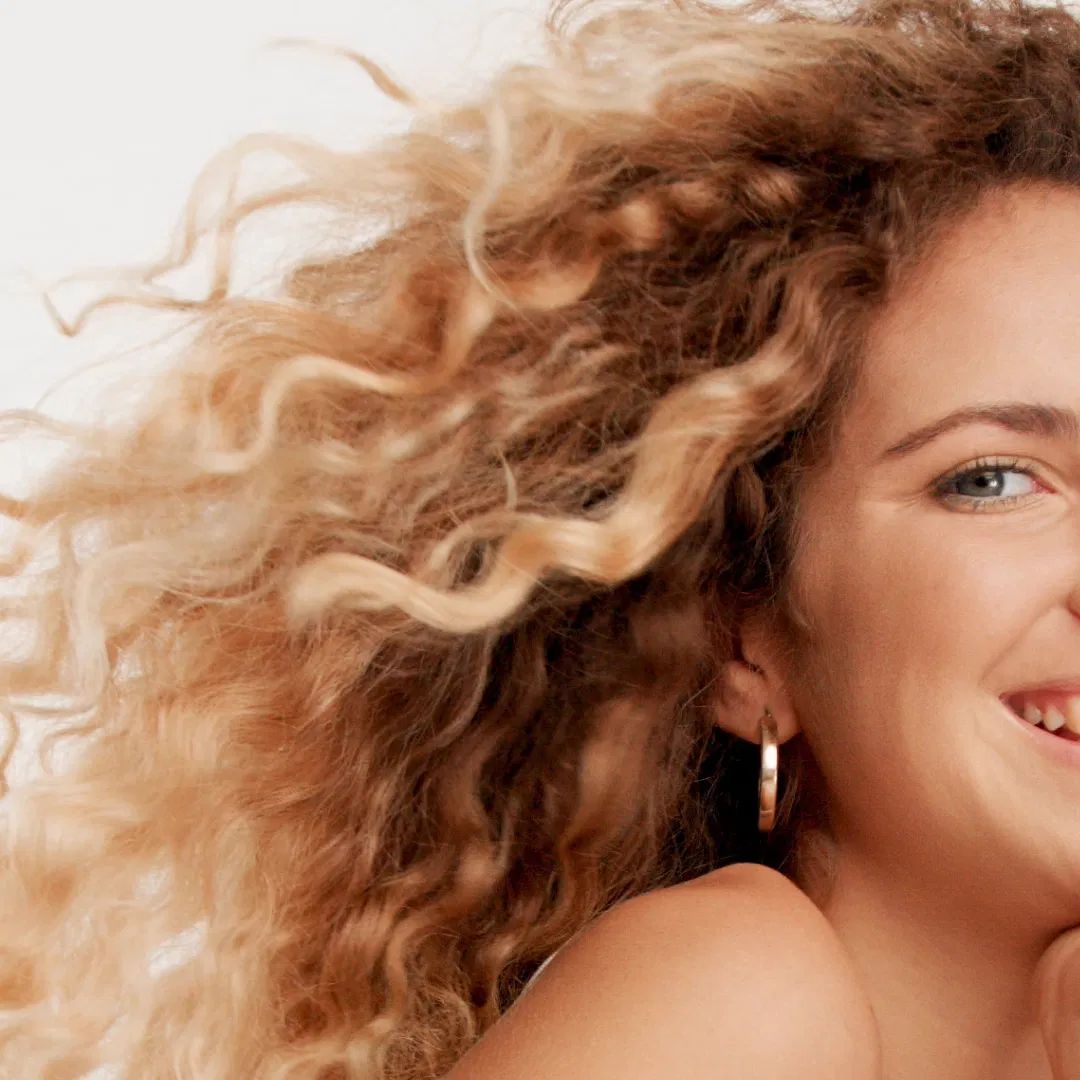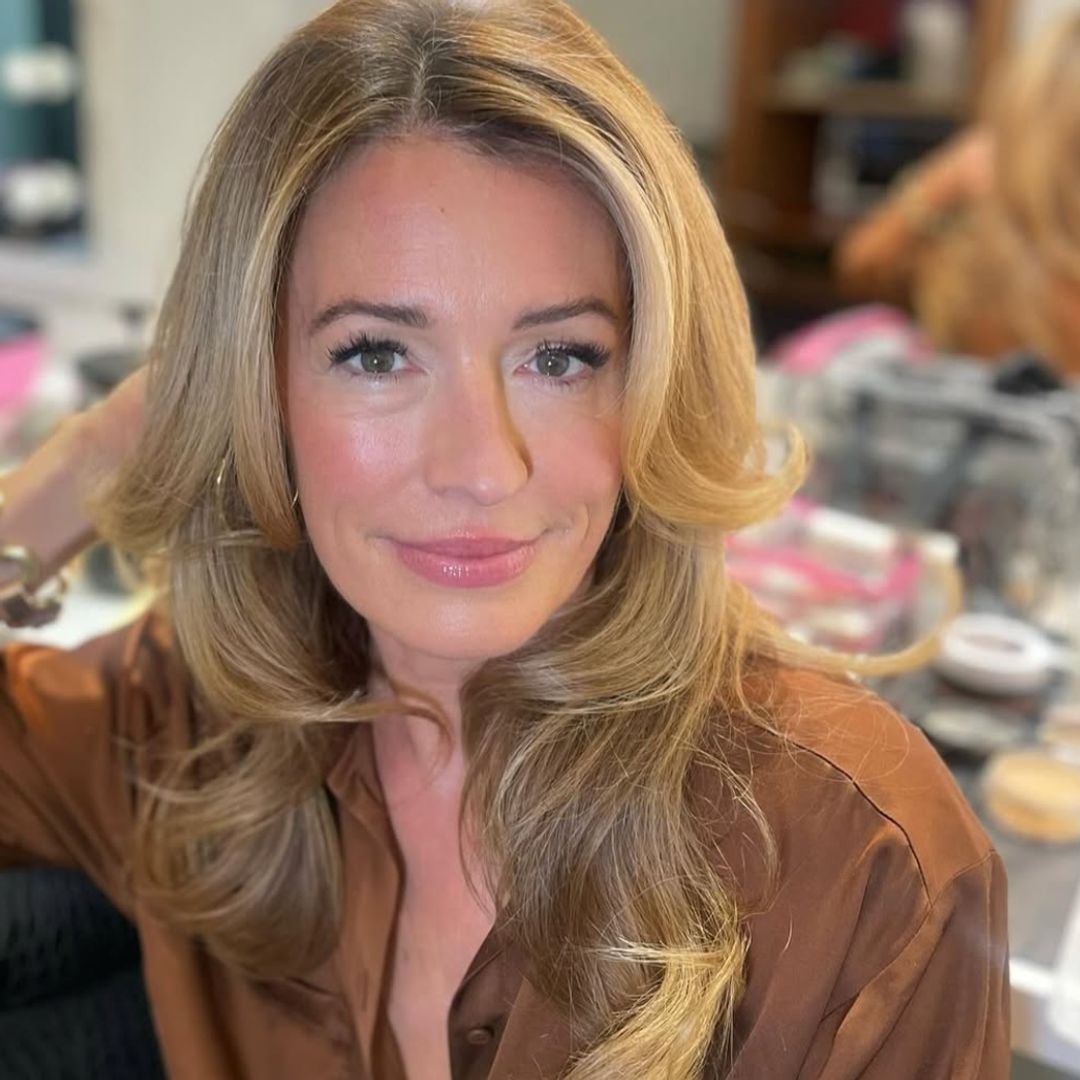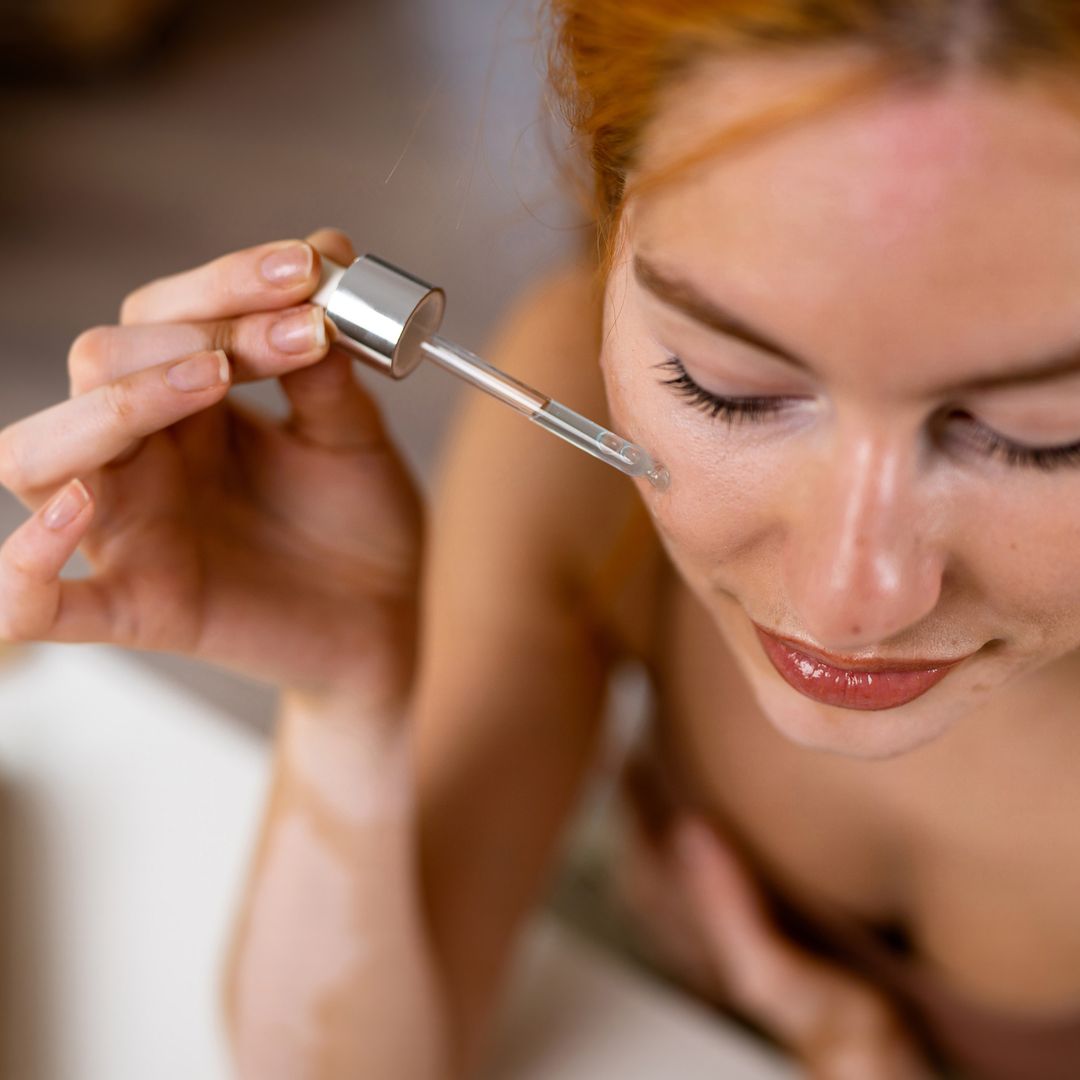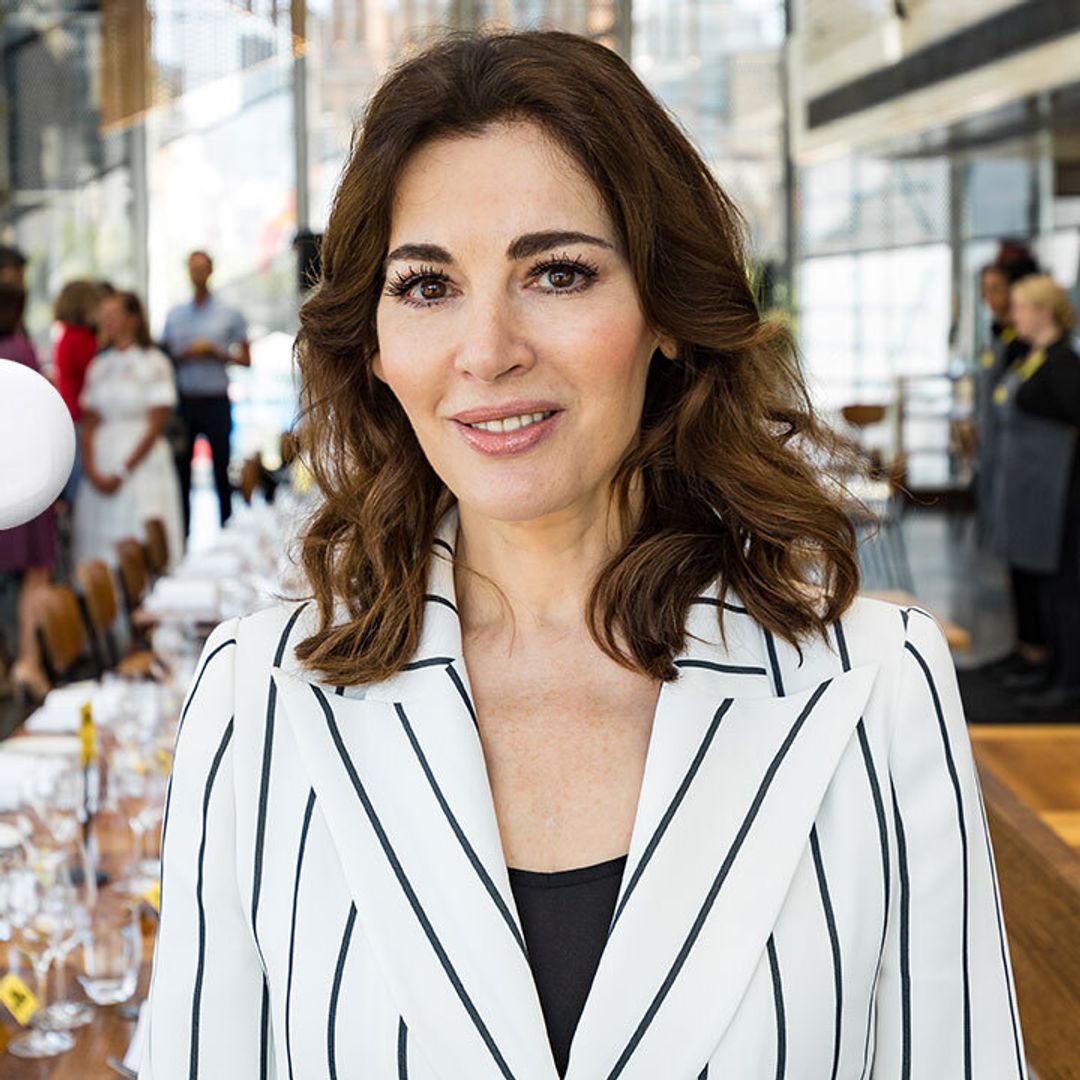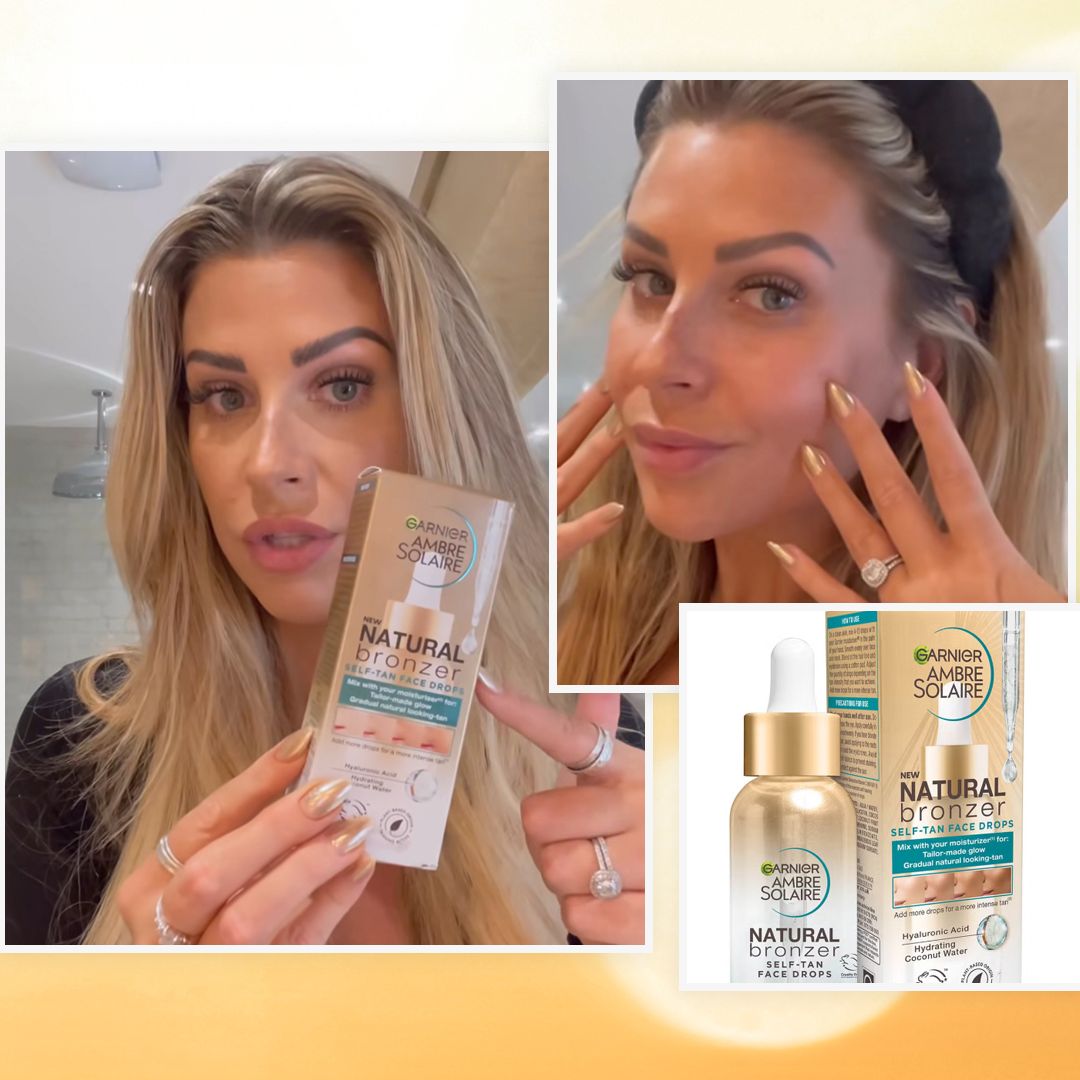We're often left baffled by a sudden outbreak of spots concentrated in one area of the face. Is it hormone-related? Did I miss my five-a-day? Have I drunk enough water? The ancient art of face mapping can help you identify the cause of your blemishes by dividing the face into several sections such as forehead, chin and nose and understanding the different 'zones'.
A Dermalogica Professional Skin Therapist uses Face Mapping to identify skin concerns from breakout activity to lines, pigmentation and dehydration. These zones are then analysed based on insight from Chinese face diagnosis, based on the belief that the skin provides an outside view into the body's internal health. Below is an insight into what some of your skincare concerns could be telling you about your health...
Each area reflects a different part of your internal health, so what exactly do pimples on certain areas mean? HELLO! takes you behind a facial spot map…
Spots on your forehead
Common conditions: Congestion under the skin’s surface or along the hairline and eyebrows, breakouts, dehydration and horizontal lines.
Considerations: Improper removal of hair products or make-up, poor hygiene when removing eyebrow hair, use of comedogenic or irritating ingredients.
Chinese diagnosis link: Water intake or poor digestion.
MORE: What the experts recommend for maskne - the spotty breakouts caused by wearing your face mask
Spots around the eyes
Common conditions: Milia, fine lines, dark circles, puffiness, sensitisation.
Considerations: Comedogenic ingredients in make-up or make-up remover.
Chinese diagnosis link: Allergies, water intake, eating habits, lack of sleep, stress.
RELATED: You can now buy SILK face masks for people with sensitive skin
Spots on the nose and/or between the eyes
Common conditions: Congestion and comedones, breakouts, redness, flakiness, vertical lines (furrows) and dilated capillaries.
Considerations: Excess oil, dehydration, poor extraction techniques, comedogenic ingredients in make-up.
Chinese diagnosis link: Heavy intake of rich foods, lactose intolerance, lack of greens, late-night eating.
MORE: How to get rid of acne scars: 7 tips from the experts
Spots on the cheeks
Common conditions: Sensitisation and hot spots, breakouts, milia, vertical lines and hyperpigmentation.
Considerations: Allergies and sinus problems, comedogenic ingredients in make-up, improper telephone hygiene, sun damage.
Chinese diagnosis link: Pollution/living environment, smoking or asthma, respiratory stress from cough, cold or smoking.
RELATED: Stars who have overcome acne and how they did it
Spots on the chin or around the mouth
Common conditions: Subsurface congestion, breakouts, comedones, pigmentation or increased hair growth on top of the lip.
Considerations: Improper cleansing, comedogenic make-up, smoking, leaning chin on hand, pigmentation and hair growth from pregnancy.
Chinese diagnosis link: Food allergies, eating habits.
RELATED: Do you have a neck skincare regime? This is why you need one
Spots on the neck and/or lower jaw
Common conditions: Breakouts, sensitisation, pigmentation, signs of ageing.
Considerations: Sun damage and/or photosensitivity to fragrances.
Chinese diagnosis link: High-stress levels, hormonal considerations.
What you could try
A powder exfoliant used daily in the shower will gently remove dull skin cells leaving skin smooth and bright. Pour a hazelnut amount into the palms, add water and massage thoroughly over face and neck. One of these Daily Microfoliant sells every 45 seconds globally.
Daily Microfoliant, £55, Look Fantastic
Now look at this image and investigate even more about what your spots mean
Zones 1 & 3: The Digestive System
Chocolate and spots are a synonymous combination but, in general, high amounts of fat within your diet can lead you to break out across your forehead. Cleanse your diet with antioxidant-rich green tea and up your water intake to clear this area.
Zone 2: Liver
Alcohol and dairy are said to be the main causes for spots in this area as well as reactions to food allergies. Consult your doctor first if you are worried about intolerance but otherwise.
Zones 4, 6, 8 and 10: Kidneys
Spots close to your ear and even dark circles around the eyes can be caused by dehydration. Make sure you keep well hydrated throughout the day by drinking, at least, eight glasses of water a day and avoiding coffee, tea and salt whenever possible.
Zone 7: Heart
This area is skin is full of dilated pores so make sure your make-up brushes and anything that you bring close to your face are kept clean. Try to reduce high blood pressure for an internal solution to clearing spots in this area. Replace 'bad' fats with more fruits, vegetables, nuts and Omega-rich fish and consult your doctor if you have any further heart-related concerns.
Zones 5 & 9: Respiratory system
If you're a smoker you may find that you are more prone to acne along the tops of your cheeks. However, like most people, increasing your exposure to fresh air with long and regular walks can do wonders for your complexion.
Zone 11 & 13: Hormones
For many women, this zone is a key indicator of stress and hormonal imbalances particularly around a certain time of the month. While there is little to do that can prevent these changes, eating clean with plenty of exercise will do more good than bad for your complexion.
Zone 12: Stomach
If your diet has been loaded with rich and heavy foods then consider a detox or adding more fibre to your diet and exercise to routine to help with digestion.
14: Illness
Spots here can indicate that your body is trying to fight off bacteria. Take it easy if you begin feeling unwell and drink plenty of water to give your body some time to relax.
What causes spots on forehead?
Spots on your forehead may be an indication of gut inflammation, which can cause hormones to go askew. "When you are inflamed, it increases oil production in the hair follicle. Bacteria, viruses and fungus come in contact with our skin 24/7 and feast on oil," dermatologist Dr. Julia T. Hunter explained to HELLO!. "Hair wicks microbes down into the narrowed, thickened from inflammation follicle, resulting in a spotty forehead with blemishes and pus-filled whitehead ones."
What causes spots on cheeks?
Similar to spots on your forehead, gut inflammation may also cause outbreaks on the cheeks and the side of your face.
What causes spots on the back?
"Back and/or chest acne is inflamed adrenal glands and that can be secondary to longstanding gut inflammation, high or great sensitivity to stress, unresolved emotional issues/traumas," Dr Hunter said. "Also you are allergic to what you crave and that can significantly contribute to gut issues and blemishes."
How to get rid of spots?
A holistic approach will tackle the root cause of spots and lead to clearer skin. Dr Hunter recommends "healthy lifestyle changes, a diet plan, and overall external treatment as well as internal to combat acne issues." The dermatologist has launched her own Skin Therapy line of non-toxic and non-inflammatory products, which "consist of AM/PM protocols and supplement and low-dose bio-identical hormone support to clear up the break-outs and help prevent new ones from occurring."
Foods to avoid for clear skin
"For clear skin and overall health and beauty, certain foods should be avoided as much as possible with an 'everything in moderation' approach. Sugary treats are not good for your health and skin, but to satisfy your sweet tooth, the alternative to eat is dark, dark chocolate (the higher the % of cocoa the better – at least 70%)."
Foods to eat for clear skin
"Eat green, green and more green! Eating foods as close to nature as possible, both to improve your appearance and feel healthy. Eat red meat, not more than once a week, and enjoy lean proteins such as turkey, wild fish (not farm-raised because they don't have the same nutrients), black beans, red beans, wild or brown rice (not white), and nuts. The foods that keep you young are the same as those that keep you healthy: whole foods, with as little processing as possible."
HELLO!'s selection is editorial and independently chosen – we only feature items our editors love and approve of. HELLO! may collect a share of sales or other compensation from the links on this page. To find out more visit our FAQ page.


